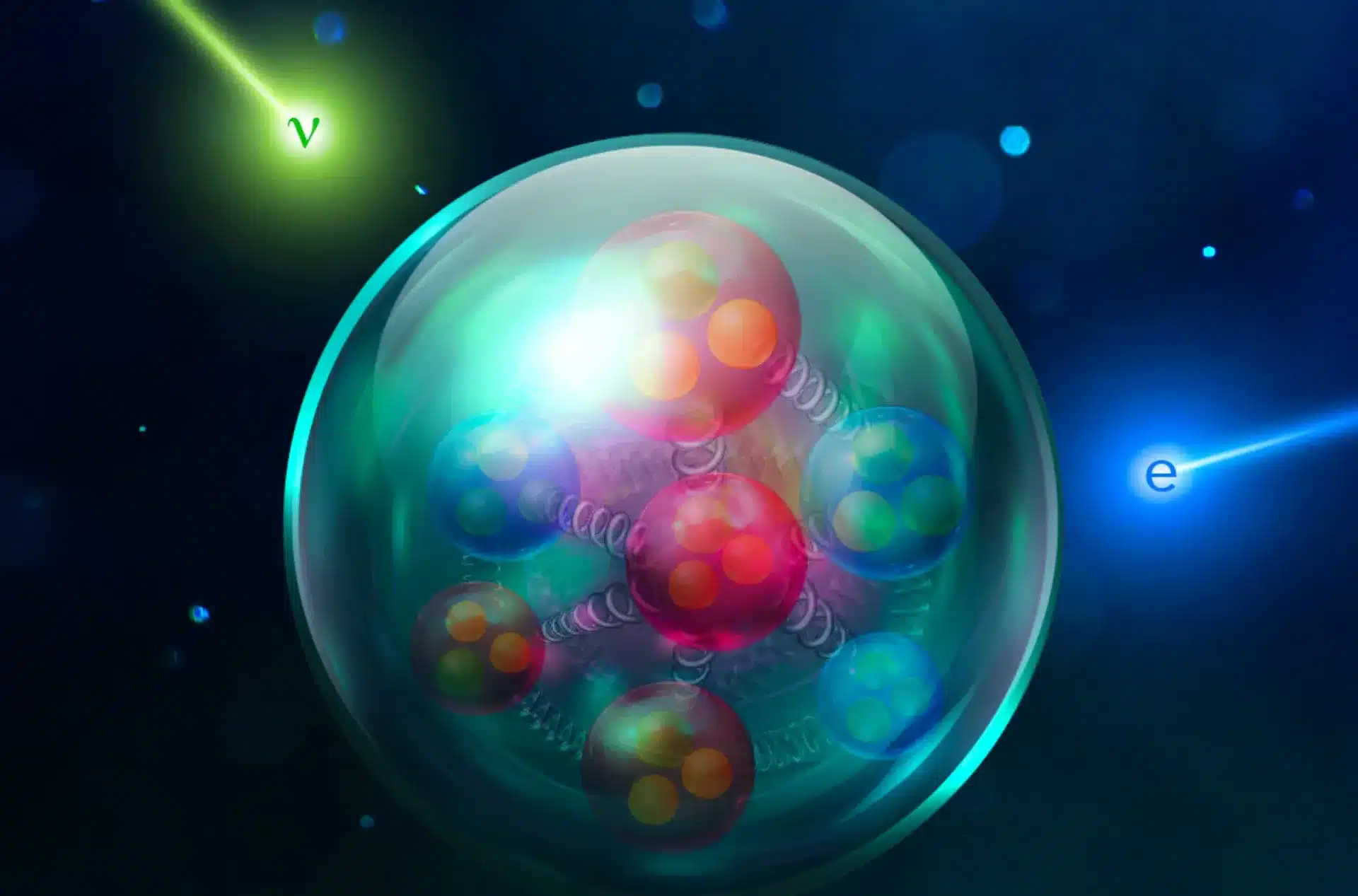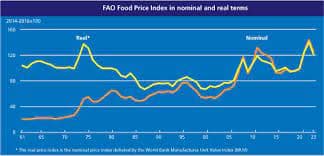About NOvA (NuMI Off-axis νe Appearance):
- It is an experiment to study one of nature’s most elusive particles: neutrinos.
- It is managed by the U.S. Department of Energy’s Fermi National Accelerator Laboratory, located outside of Chicago, United States.
- Fermilab sends a beam of neutrinos500 miles north toa 14,000-ton detector in Ash River, Minnesota.
- By measuring the neutrinos and their antimatter partners, antineutrinos, in both locations, physicists can study how these particles change their type as they travel, a phenomenon known as neutrino oscillation.
- NOvA aims to learn more about the ordering of neutrino masses.
What are Neutrinos?
- They are elementary subatomic particles with no electric charge, very little mass, and 1/2 unit of spin.
- They travel at near lightspeeds.
- Neutrinos belong to the family of particles called leptons, which are not subject to the strong force.
- They are often called ‘ghost particles’ because they barely interact with anything else.
- Neutrinos are, however, the most common particle in the universe. Approximately 100 trillion neutrinos pass completely harmlessly through your body every second.
- Every time atomic nuclei come together (like in the sun) or break apart (like in a fission reactor or particle accelerator), they produce neutrinos.
Q1: What is Antimatter?
Antimatter is the same as ordinary matter except that it has the opposite electric charge. It is also known as “mirror” matter. The antimatter particles corresponding to electrons, protons, and neutrons are called positrons, antiprotons, and antineutrons; collectively they are referred to as antiparticles. These anti-particles can combine to form anti-atoms and, in principle, could even form antimatter regions of our universe. Matter and antimatter cannot coexist at close range for more than a small fraction of a second because they collide with and annihilate each other, releasing large quantities of energy in the form of gamma rays or elementary particles. Antimatter was created along with matter after the Big Bang.
Source: New NOvA data deepens mystery of subatomic particle’s mass
Last updated on July, 2025
→ UPSC Notification 2025 was released on 22nd January 2025.
→ UPSC Prelims Result 2025 is out now for the CSE held on 25 May 2025.
→ UPSC Prelims Question Paper 2025 and Unofficial Prelims Answer Key 2025 are available now.
→ UPSC Calendar 2026 is released on 15th May, 2025.
→ The UPSC Vacancy 2025 were released 1129, out of which 979 were for UPSC CSE and remaining 150 are for UPSC IFoS.
→ UPSC Mains 2025 will be conducted on 22nd August 2025.
→ UPSC Prelims 2026 will be conducted on 24th May, 2026 & UPSC Mains 2026 will be conducted on 21st August 2026.
→ The UPSC Selection Process is of 3 stages-Prelims, Mains and Interview.
→ UPSC Result 2024 is released with latest UPSC Marksheet 2024. Check Now!
→ UPSC Toppers List 2024 is released now. Shakti Dubey is UPSC AIR 1 2024 Topper.
→ Also check Best IAS Coaching in Delhi















